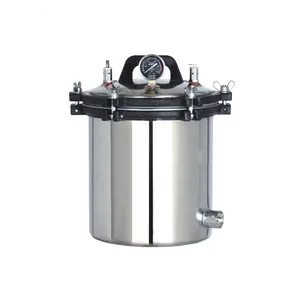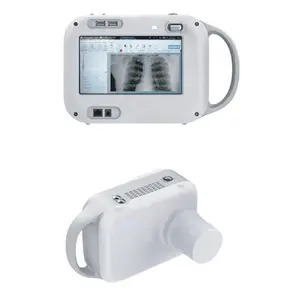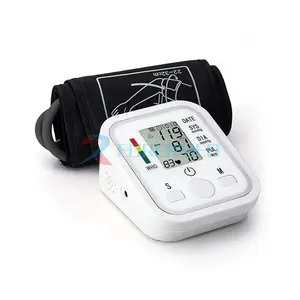Popular in your industry










































































Related Searches:





























































































































Top categories
About a dental unit
Understanding the Dental Unit
A dental unit is an essential component in the field of dentistry, serving as the cornerstone of dental treatment rooms. This comprehensive apparatus typically integrates a patient's chair with a variety of dental equipment, facilitating a wide range of dental procedures. Dental units are designed to enhance the efficiency of dental professionals while ensuring patient comfort.
Types and Components
The dental unit category encompasses a diverse range of equipment. Key types include other dental equipments, dental chairs, and oral therapy equipment & accessories. Each type is tailored to specific dental tasks, from routine cleanings to complex procedures. Components such as delivery systems, operator's stools, and cuspidors are configured with materials like metal, plastic, and steel, chosen for their durability and ease of sanitation.
Applications and Features
Dental units are integral to various dental treatments. They are equipped with features that cater to diagnostics, restorative procedures, endodontics, and more. The units often include adjustable elements to accommodate different treatment positions and patient sizes. Advanced models may come with features like touchpad controls, programmable settings, and ergonomic design, all aimed at streamlining dental workflows.
Standards and Classifications
When selecting a dental unit, compliance with industry standards is crucial. Units are classified into class ii, class i, and class iii, reflecting different levels of risk and regulatory control. Certifications from bodies such as ISO, CCC, and CB indicate adherence to quality and safety benchmarks. Models are also assessed against standards like gb15979-2002, gb/t18830-2009, or gb2626-2006, ensuring they meet specific regulatory requirements.
Material Quality and Advantages
The choice of materials in a dental unit impacts its longevity and functionality. High-grade metals resist corrosion, while quality plastics offer a balance of strength and weight, contributing to the unit's overall ergonomics. Steel components are valued for their robustness and ability to withstand the rigors of dental practice. These materials collectively ensure that the dental unit remains a reliable fixture in dental clinics.
Choosing the Right Dental Unit
Selecting the appropriate dental unit requires careful consideration of the specific needs of a dental practice. Factors such as the types of treatments offered, the space available, and the preferred material composition all play a role in the decision-making process. While exploring options, one might consider the a dec 200 dental chair manual for insights into one of the many configurations available. Ultimately, the right dental unit is one that aligns with the operational flow and enhances the delivery of dental care.















































